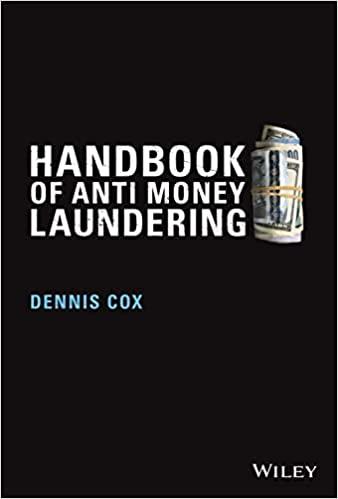Answered step by step
Verified Expert Solution
Question
1 Approved Answer
Suppose we are constructing a complete portfolio from a combination of a risky portfolio, P , and a risk free asset. A long - time
Suppose we are constructing a complete portfolio from a combination of a
risky portfolio, P and a risk free asset. A longtime acquaintance calls you to
let you in on a new investment opportunity from the firm Rockquity with a
very low risk level, given by sigma R The distributions of these returns are such
that
ErP
ErR
sigma P
sigma R
CovrP rR
rf
a If you do not use the new investment from Rockquity, and your risk
aversion parameter is A what fraction will you hold in the risky
portfolio?
b Your friend demands that you switch to Rockquity and abandon your
other risky asset as part of your complete portfolio. What fraction of
your complete portfolio will be held in Rockquity?
c Which of the above situations results in higher utility for you, using just
P or Roquity as part of a complete portfolio.
Investment Theory and Applications
d You suggest to your friend that you want to use a bit of Rockquity in
your portfolio and the original portfolio P Find the optimal fractions in
P and R to maximize Sharpe ratio, and find the expected return and
standard deviation of this new portfolio.
e Which risky portfolio should you use as part of the complete portfolio
which would include some part risk free P Rockquity, or the combina
tion of the two as computed in d Be sure to justify your answer with
numbers
Step by Step Solution
There are 3 Steps involved in it
Step: 1

Get Instant Access to Expert-Tailored Solutions
See step-by-step solutions with expert insights and AI powered tools for academic success
Step: 2

Step: 3

Ace Your Homework with AI
Get the answers you need in no time with our AI-driven, step-by-step assistance
Get Started


